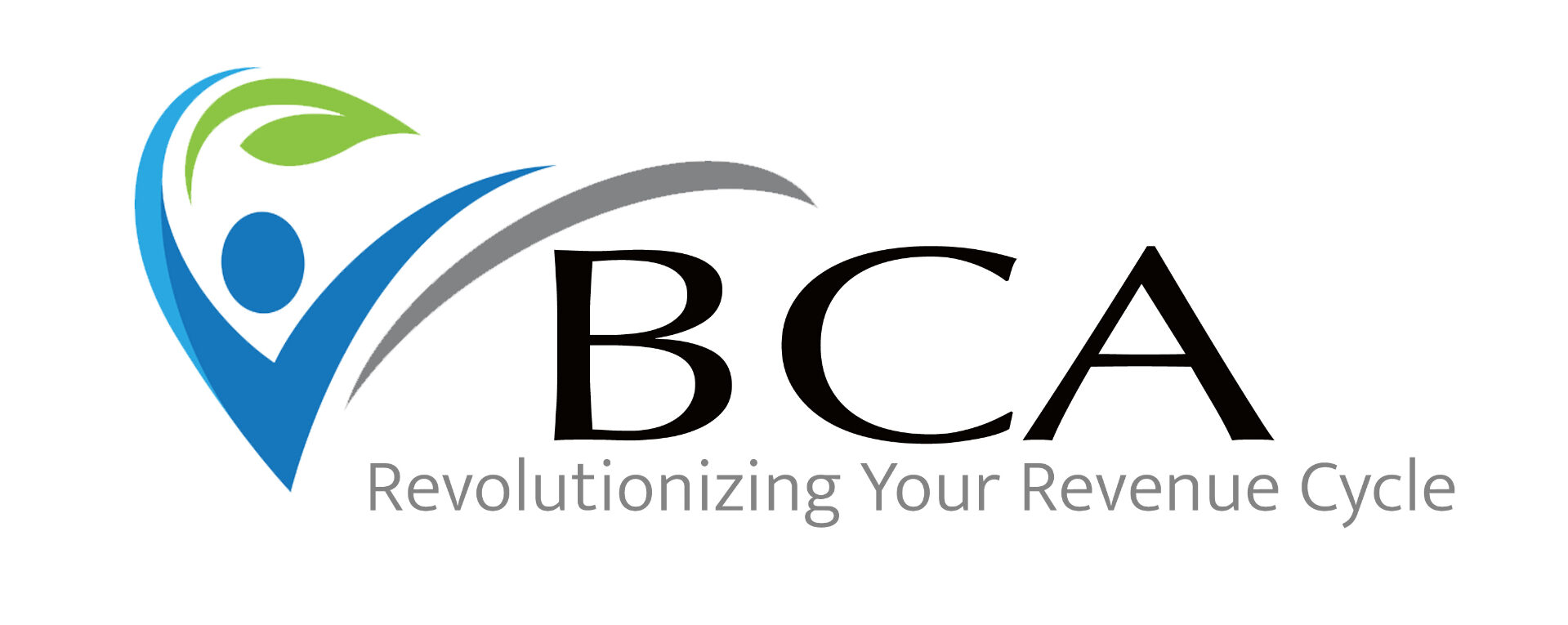Innovative strategies rooted in the effective use of population health data are increasingly essential to maximize patient outcomes and optimize healthcare delivery. These strategies identify care gaps and are pivotal in managing high-risk patients and chronic diseases, ultimately improving patient outcomes. This article will delve into advanced methodologies for utilizing population health data, explore the crucial role of data analytics, and outline actionable strategies for developing a population health program that drives quality care and financial sustainability.
Harnessing Population Health Data to Identify Care Gaps and Improve Patient Outcomes
Population health data allows healthcare providers to go beyond individual patient care and evaluate entire populations. By identifying trends and care gaps through detailed analysis of demographics, clinical conditions, and social determinants of health, providers can pinpoint patients who are falling through the cracks. Particularly for Federally Qualified Health Centers (FQHCs) and Rural Health Clinics (RHCs), which serve high-need populations, this data-driven approach is essential to improving both preventive and chronic care.
Advanced Strategies for Maximizing Data Impact
Data Segmentation for Targeted Interventions:
Segmentation goes beyond traditional age or condition-based groupings. By integrating social determinants such as housing stability, access to transportation, and food insecurity, healthcare organizations can build a more nuanced understanding of patient needs. Tailored care plans that address clinical and non-clinical factors can lead to more successful outcomes, particularly in underserved communities where barriers to care are prevalent.
Risk Stratification to Prioritize Care:
Risk stratification can now be enhanced with machine learning models that use multiple variables, including social determinants and behavioral health data, to predict adverse outcomes. For instance, integrating behavioral health data alongside physical health records allows providers to prioritize interventions for those at risk of complications from both chronic conditions and mental health issues, a growing concern in population health.
Patient Registries for Proactive Management:
Rather than simply maintaining registries for chronic conditions, innovative organizations are integrating dynamic registries that are continuously updated with real-time data from wearable devices, remote patient monitoring, and telehealth visits. These registries enable healthcare teams to offer timely interventions before conditions worsen, which is particularly beneficial for chronic diseases like diabetes and COPD.
Data Analytics: The Backbone of Effective Chronic Disease Management and High-Risk Patient Care
Data analytics is the engine that drives population health management by transforming raw data into actionable insights. Advanced data analytics tools can reveal patterns that inform proactive interventions, ensuring that high-risk patients and those with chronic diseases receive timely, personalized care.
Cutting-Edge Analytical Techniques for Improved Patient Outcomes
Predictive Analytics for Early Intervention:
Predictive analytics has evolved to predict hospital readmissions, disease progression, patient compliance with treatment plans, and the likelihood of medication adherence. By combining claims data, EHR data, and social determinants of health information, predictive models can identify patients at risk of deteriorating health and facilitate preemptive care strategies, reducing costly acute interventions.
Real-Time Chronic Disease Management:
With the emergence of real-time data feeds from telehealth, wearables, and patient portals, providers can adjust care plans more dynamically. For instance, patients with diabetes can adjust their treatment plan in real time based on continuous glucose monitoring (CGM) data, reducing the likelihood of hospitalization. This shift from episodic to continuous care management significantly improves patient outcomes and lowers healthcare costs.
Integration of EHR and Claims Data for a 360-Degree View:
By integrating EHR data with claims data and other healthcare databases, providers gain a more comprehensive understanding of each patient’s history, including treatments received outside the immediate healthcare network. This holistic view enables more accurate risk assessments and customized care interventions, particularly for those with complex medical needs.
Building and Sustaining an Innovative Population Health Management Program
Creating a sustainable population health management program requires advanced technology and a commitment to continuous learning, adaptation, and collaboration. Sustainability in these programs is achieved by incorporating innovative strategies that evolve with patient populations and the healthcare landscape.
Actionable Strategies for Program Sustainability
Provider Education and Data Utilization:
A thriving population health management program requires that all healthcare team members, from clinicians to administrative staff, are equipped with the tools and training to utilize population health data effectively. Regular workshops, seminars, and on-demand educational content can empower providers to translate data insights into better care decisions. Additionally, involving clinical staff in the design of data tools ensures that the outputs are both relevant and actionable.
Leveraging Performance Metrics to Drive Continuous Improvement:
Advanced key performance indicators (KPIs) should go beyond traditional clinical outcomes. Metrics such as patient engagement, social determinant screenings, and care coordination effectiveness offer deeper insights into the success of population health initiatives. Regular reviews of these KPIs allow organizations to quickly pivot strategies in response to emerging trends or challenges, ensuring that programs stay aligned with patient needs and organizational goals.
Expanding Community Collaborations:
Fostering partnerships with community organizations is critical to addressing the social determinants of health outside traditional healthcare settings. Innovative population health programs are now collaborating with housing authorities, food banks, and transportation services to ensure that high-risk patients can access the resources they need to maintain their health. By creating formal partnerships, healthcare organizations can provide holistic care beyond clinical walls, directly impacting patient outcomes.
Innovating for the Future: Population Health in Action
At the forefront of healthcare innovation, population health management is evolving into a sophisticated and data-driven approach that goes beyond merely identifying care gaps. As FQHCs, RHCs, and other healthcare providers continue to leverage data to their fullest potential, they can improve the quality of care for their patients and create long-lasting improvements in health outcomes.
At BCA, we specialize in turning these data insights into real-world solutions. Whether you want to enhance your care coordination efforts, improve outcomes for high-risk patients, or build a sustainable population health program, our team can help. We combine stratified data analytics with proven data capture strategies to deliver measurable improvements in patient care and financial performance. Contact us today at info@bcarev.com to learn how we can partner with you to transform your population health efforts and maximize patient outcomes.
